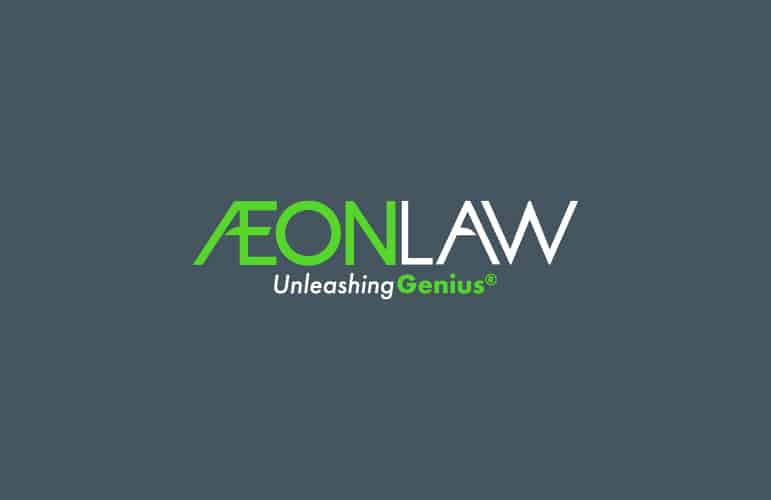A new working paper prepared for the National Bureau of Economic Research shows that women hold only 7.5% of regular patents and 5.5% of commercial patents in the US.
The paper, entitled “Why Don’t Women Patent,” is by Jennifer Hunt, Jean-Philippe Garant, Hannah Herman, and David J. Munro.
The authors found that only 7% of the gap between men and women as patent holders is accounted for by the lower probability of women holding any science or engineering degree, because women who hold such a degree are not much more likely to patent than women who lack such a degree.
The authors concluded that women’s underrepresentation in engineering positions and in jobs involving design and development explain much of the gap:
The most important determinants of the gender gap among S&E degree holders are women’s underrepresentation in patent-intensive fields of study, especially electrical and mechanical engineering, and in patent intensive job tasks, especially development and design. Women’s lower share of doctoral degrees plays a minor role, reducing their probability of patenting at all, while women’s younger age plays a minor role by reducing the number of patents for those who have any.
The study suggests that eliminating the patenting shortfall among women who hold science and engineering degrees would increase US GDP per capita by 2.7%.
Women have made significant contributions to technology. A few famous examples include Hollywood star Hedy Lamarr and Ada Lovelace.
In 1942, Lamarr was granted US Patent 2,292,387, under her married name of Hedy Kiesler Markey. This patent used a piano roll to hop between 88 frequencies and make radio-guided torpedoes more difficult to detect or jam.
Although the idea was presented to the US Navy, it wasn’t actually implemented until 1962. Frequency hoping is the basis for modern communications technologies such as Bluetooth and WiFi.
Ada Lovelace was born Augusta Ada Byron in December 1815 to the Romantic poet Lord George Gordon Byron. Her mother was Anne Isabella Milbanke, a mathematician known as “the princess of parallelograms.” Byron and Milbanke were separated five weeks after Ada Lovelace was born. At the time most women received a home education that was inferior to that of a man’s. However, Ada’s mother was able to provide her daughter with superior education that included science and math.
Ada Lovelace wrote a scientific paper in 1843 that anticipated the development of computer software, artificial intelligence and computer music. Daughter of the poet Lord Byron, Lady Ada Lovelace was known as the “enchantress of numbers” who collaborated with Charles Babbage, the inventor of the first mechanical thinking/calculating machine.
Ada Lovelace devised a method of using punch cards to calculate Bernoulli numbers, becoming the first computer programmer. In her honor the U.S. Department of Defense named its computer language “Ada” in 1980.


